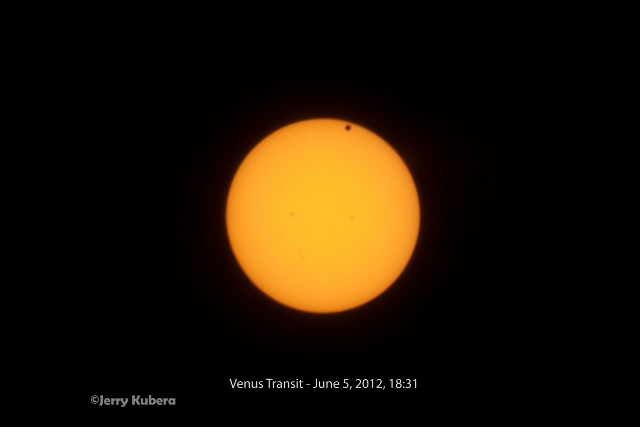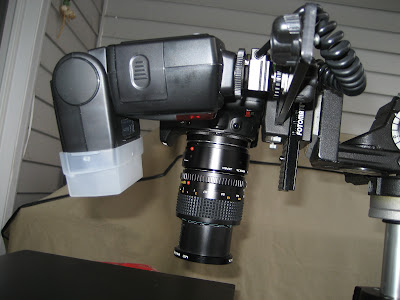Technique
to separate main subject from busy background.
Few days
ago I was shooting blossoms of our peach tree but I wasn’t entirely happy with
the outcome – the background was way too busy. Cutting one branch and bring it
in the studio wasn’t an option and neither was placing some background behind
the branch with blossoms. One fool-proof option opened to me was to wait till
dusk and shoot with flash. And that is exactly what I did and results were not
bad at all. I know that I should have used tripod but this was more about
technique then producing a book quality image. It is too late now to re-shoot the
peach blossoms, they are way past their prime, but I will use this technique
for more outdoor projects where I want to separate main subject from the background.
Original
image shot in RAW, 100 ISO, 1/125 sec @f/5.6, auto-focus with pre-flash assist,
off camera E-TTL flash with prism lens and diffuser, 1st curtain,
Flash Exposure (FE) -1 stop. For razor sharp image I would have to use tripod
and strong light for focusing.
During RAW
conversion to JPEG I adjusted levels and blacks so that background was more or
less black.
After
conversion I opened the image in Photoshop and cloned away the remaining
background. Then I cropped and tilted the image. I was left with just a peach
branch with blossoms against black background. Total time spent in Lightroom4
and Photoshop was less than 10 minutes.

.jpg)





.jpg)
.jpg)
.jpg)
.jpg)
.jpg)
.jpg)



.jpg)

.jpg)
+-+Copy.jpg)
.jpg)
.jpg)
.jpg)
.jpg)
.jpg)
.jpg)
.jpg)
.jpg)





.jpg)
.jpg)
.jpg)
.jpg)
.jpg)
.jpg)

.jpg)

.jpg)
.jpg)
.jpg)

.jpg)
.jpg)
.jpg)

